What the F*ck is the Posterior Chain and Why Should You Give A F*ck?
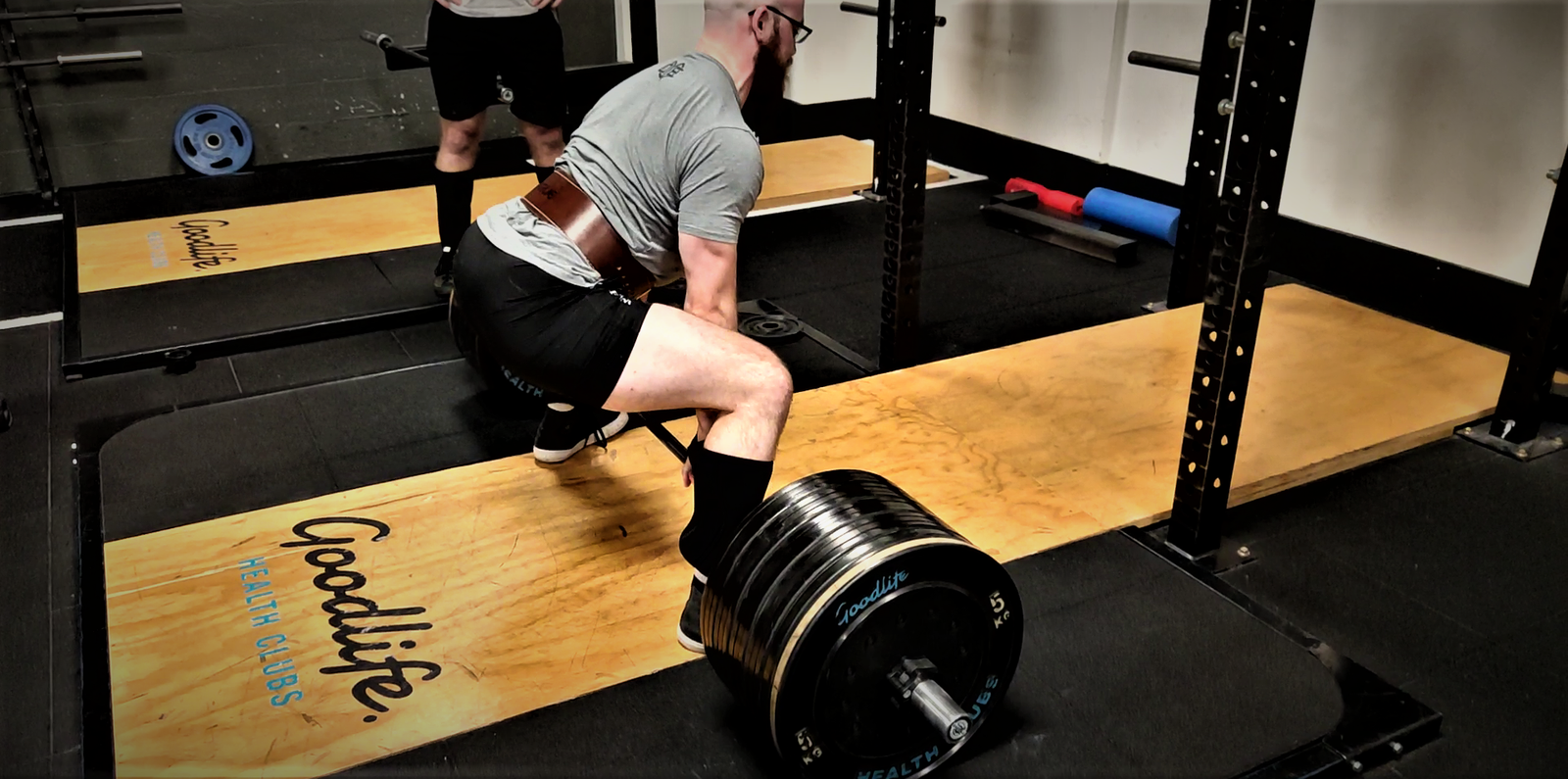
This should be wake up call for every combat soldier spending 2 hours in the gym a day getting worse at their job.
An opinion article by Tyrel Dyson, introduction and edit by Marshall Officer
Introduction
Marshall Officer
I left 6 years in Infantry with a deployment to Afghanistan, a year training soldiers at the School of Infantry, more life experiences than I can poke a stick at, some of the best mates I’ll ever know, and a body riddled with injuries. The “demands of the job” is an excuse I have made a thousand times before when my body began to fall apart after long walks carrying over 70% of my own bodyweight, poorly sized equipment, thousands of hours training uncomfortable weapon positions and practicing combat drills all over the worst locations Australia, America and Afghanistan had to offer. I busted my knees, bulged discs in my back, destroyed my ankles and did my shoulders no favours through my entire career. After spending 9 years training and trying to take responsibility for my own results, I have finally come to realise that it wasn’t my job that was to blame for all my injuries. It was actually how I trained for my job, in my spare time, in the gym. Whether it be an attitude in the military, in Combat Corps like Infantry, or just an ignorant gym mentality, I assumed that being able to bench, squat, deadlift, clean and curl a shitload of weight for a shitload of reps was a surefire way to make myself bulletproof when I put my uniform on. Unfortunately like every gym goer with an ego and access to a mirror, my primary focus was on the front of my body. Big legs! Wrong, big quads. Big arms! Wrong again, imbalanced bicep and tricep with no functional or recruitable strength. Big chest, Big shoulders, Chiseled Abs! Wrong one last time, overworked shoulders, no traps and a core that was all show and no go. I have recently come to realise that the missing link in my training was the posterior chain. It’s ability to support the main load carriage joints like knees and hips, insulate and protect the spine, create extremely powerful and recruitable muscular strength, and prevent injury to all the main problem areas found on a combat soldier make it a clear winner when it comes to “Most Ignored Muscle Group” on a military training program. I asked my fellow veteran and injury riddled friend, Tyrel Dyson, to put together an article that would provide some insight into the resources available for education regarding this muscle chain, its importance and some tips on how to effectively train it. Take it from us, if you’re after longevity and excellence in a combat role, stop using the mirror to assess progress and start working on your posterior chain.
What the f*ck is the Posterior Chain?
Tyrel Dyson
The drive train of the body, the posterior chain is where true strength originates from. It provides the body’s ability to generate force, whether that be an explosive lift like the Clean, or dynamically moving from cover to cover, to just being able to sit on the toilet. This huge muscle chain is the main contributor to overall strength, and is unfortunately neglected all too often. This is mainly due to the nature of how to train it, the misunderstanding of why it should be trained, and the overall volume needed to successfully develop the ability to properly recruit it as more than a large group of stabilising muscles. The posterior chain is, put plainly, the back (posterior) of the body. It runs from your calves up to your traps. The emphasis of training must be predominantly put on the hamstrings, glutes and erectors (lower back), as these are the largest muscles in the chain and play the largest role in injury prevention and power production. Having proportionate strength across these three areas will lead to improvements, not only in the three big lifts, but in enjoying a pain free life without fearing injury from doing menial everyday tasks.
The posterior is so often neglected in training when it should really be the main body of effort of any functional, dynamic strength based program. Military, Police or Emergency Service roles all incorporate some kind of dynamic movement while carrying external load, which is all an opportunity for injury if not trained correctly. Whether that movement be in body armour, carrying a heavy pack or essential externally loaded equipment, the risks and recruitable stability and strength muscles remain the same. The posterior chain is what will enable you to stay upright, maintain posture and retain mobility under that extra weight. A highly developed posterior chain allows safe movement with purpose and power, without fear of unnecessary injury the crucial parts of your bodies functional drivers like knees, hips and the spine. For example, when changing from a prone to a kneeling to a standing position a lot of pressure is put on the lower back. By strengthening all three of the major posterior components, the lower back will remain as safe, as stable, and as strong as possible.
Specific exercise selection for the posterior chain mainly involves traction based movements that minimise or nullify spinal loading. This allows for a larger amount of volume to be done without putting undue compression or stress on the spine. The holy grail of posterior chain/lower back exercises is the reverse hyper. This exercise is fantastic for high overall reps, sets and weight and allows concentric and eccentric lower back tension without compressive loading of the spine, while also recruiting the glutes and hamstrings. Matt Wenning has excellent videos demonstrating this exercise, along with Louie Simmons who created the machine used for reverse hypers. Any information provided by these two sources will give excellent further insight to anyone interested in further education.
Back extensions are another great traction based exercise to develop the posterior chain. This movement utilises a very similar movement pattern to a stiff legged deadlift, with the added benefit of not compression loading the spine. This can be done both with or without weight, just be sure not to over emphasise the extension (unnatural curve) of the back. Both of these exercises should be done in a higher rep range. The reason for this is that the target area is the lower back, which if trained or loaded incorrectly can be very problematic. This area especially responds best to slower tempo, high rep, low weight work, as that is what will increase blood flow to the tendons and ligaments located in this area.
For more hamstring and glute orientated work look towards stiff legged deadlifts of various types of depth. Seated or standing Good mornings are also extremely useful for developing overall strength, and these can be searched online for the best cues and technique.
Finally, one of the most important and useful techniques for preventing injury is correct breathing. All exercises aside, the ability to breathe properly into the diaphragm is known as “Bracing”. To brace correctly is to simply breathe deeply into your stomach and tense your core, increasing abdominal pressure. This will create a rigid core around your entire trunk, which will enable you to use your breathing as a kind of natural “weightlifting belt”. Do this before performing high-risk movements such as lifting heavy weight or putting your back into a compromised position in order to give yourself the best chance at avoiding injury and completing any task as safely as possible.
To conclude, if you are in a role that requires high physical capabilities but you aren’t focussing the main effort of your gym time on your posterior chain, there should be absolutely no surprises if you find yourself with problematic knees, hips or a lower back injury. Stop fighting yourself and start building your body the platform it requires to handle the kind of stress a combat environment might throw at it.
About Us
Anvil Training and Development is a group of Australian veterans who care about the physical and mental health of veterans and emergency service workers. We’re passionate about ongoing education and working with others to implement positive change.
Instagram: Anvil Training & Development - @anvil.td
Facebook: Anvil Training & Development - @anvil.td
www.anviltd.com
(Article Edited, Proof Read, and Fact-Checked by Charlotte Officer)
VES Mental Health Resources: https://anviltd.com/pages/ves-australian-mental-health-resources
Further Reading:
https://www.elitefts.com/education/10-exercises-to-strengthen-your-spinal-erectors/
https://www.elitefts.com/education/why-big-air-is-the-key-to-a-bigger-total/
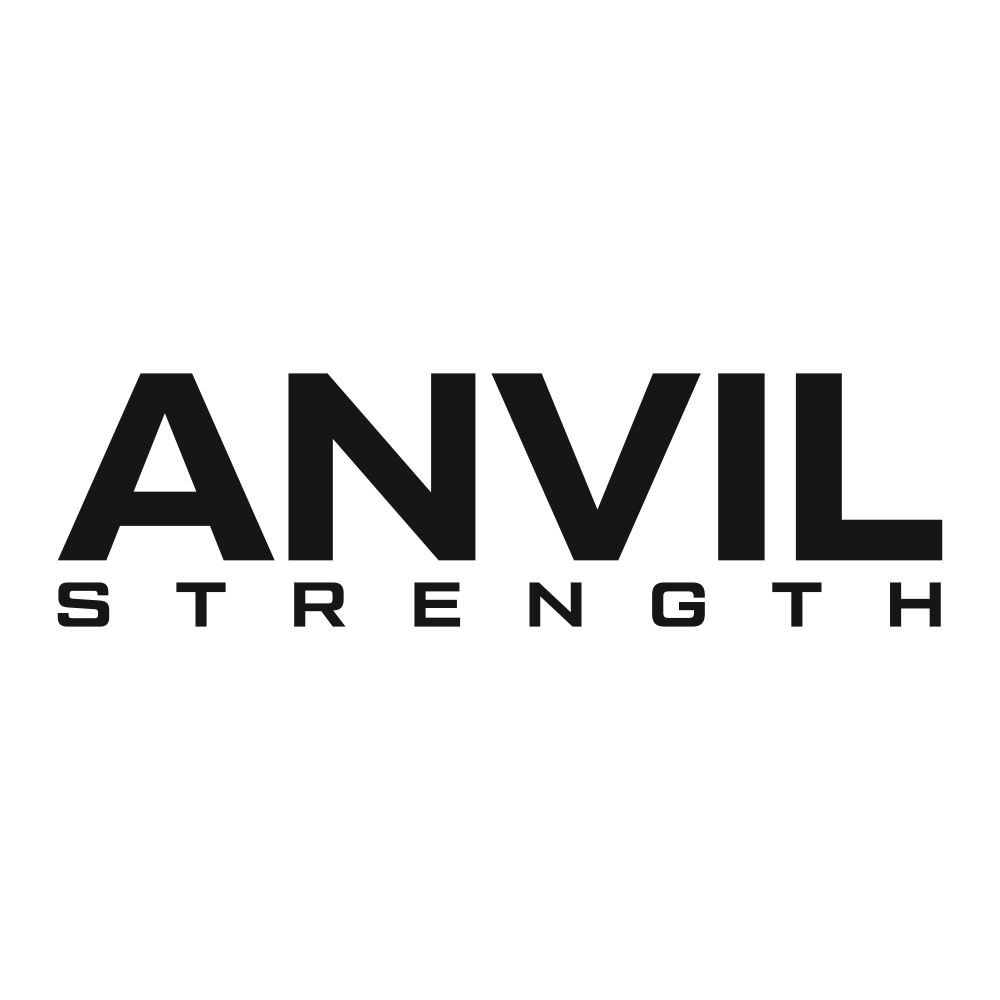
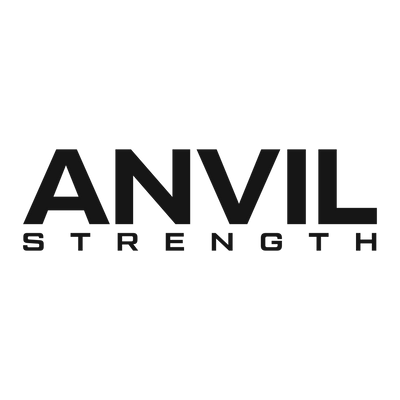
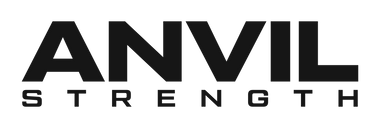
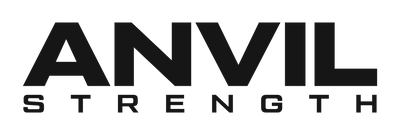

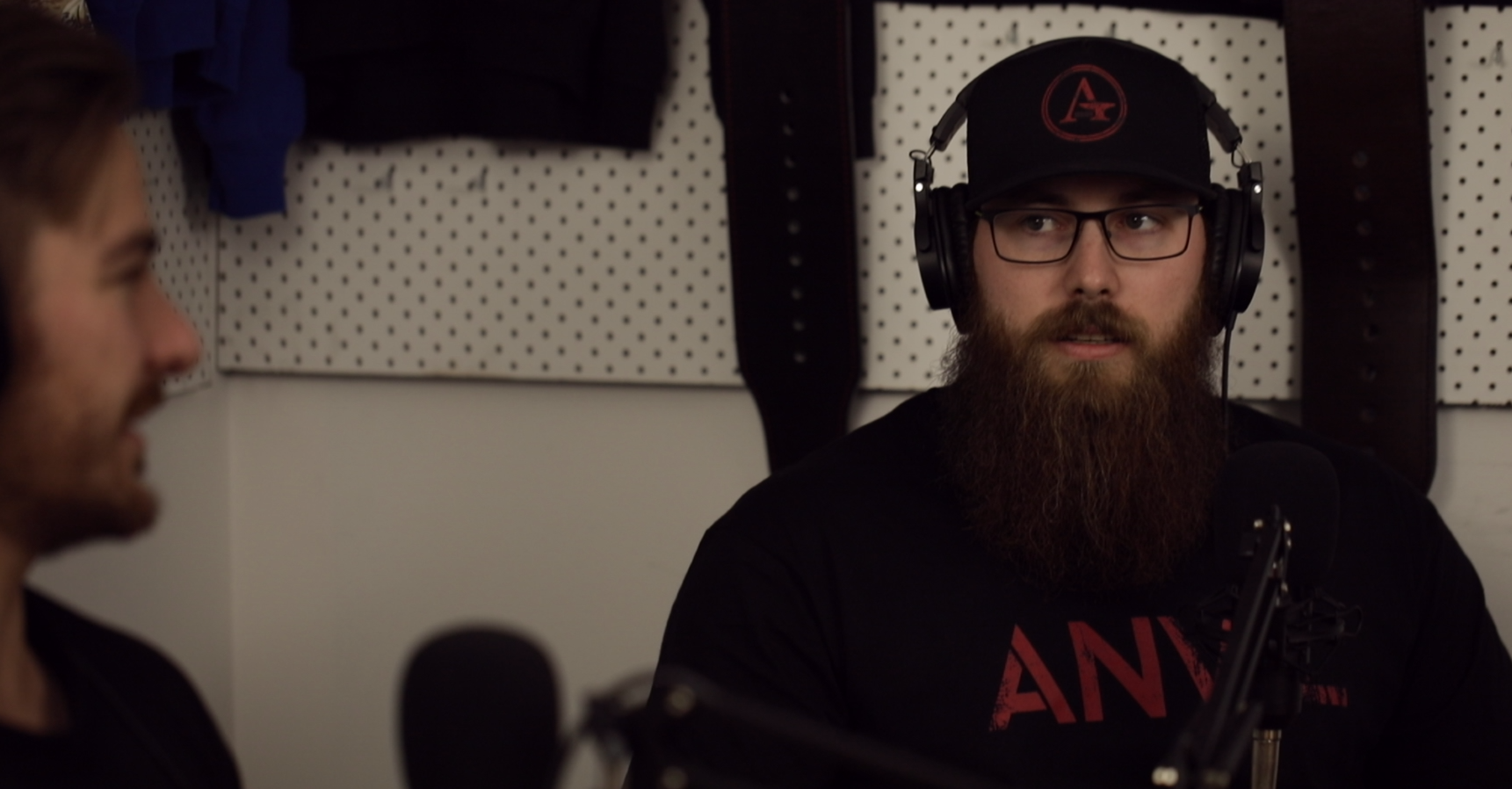

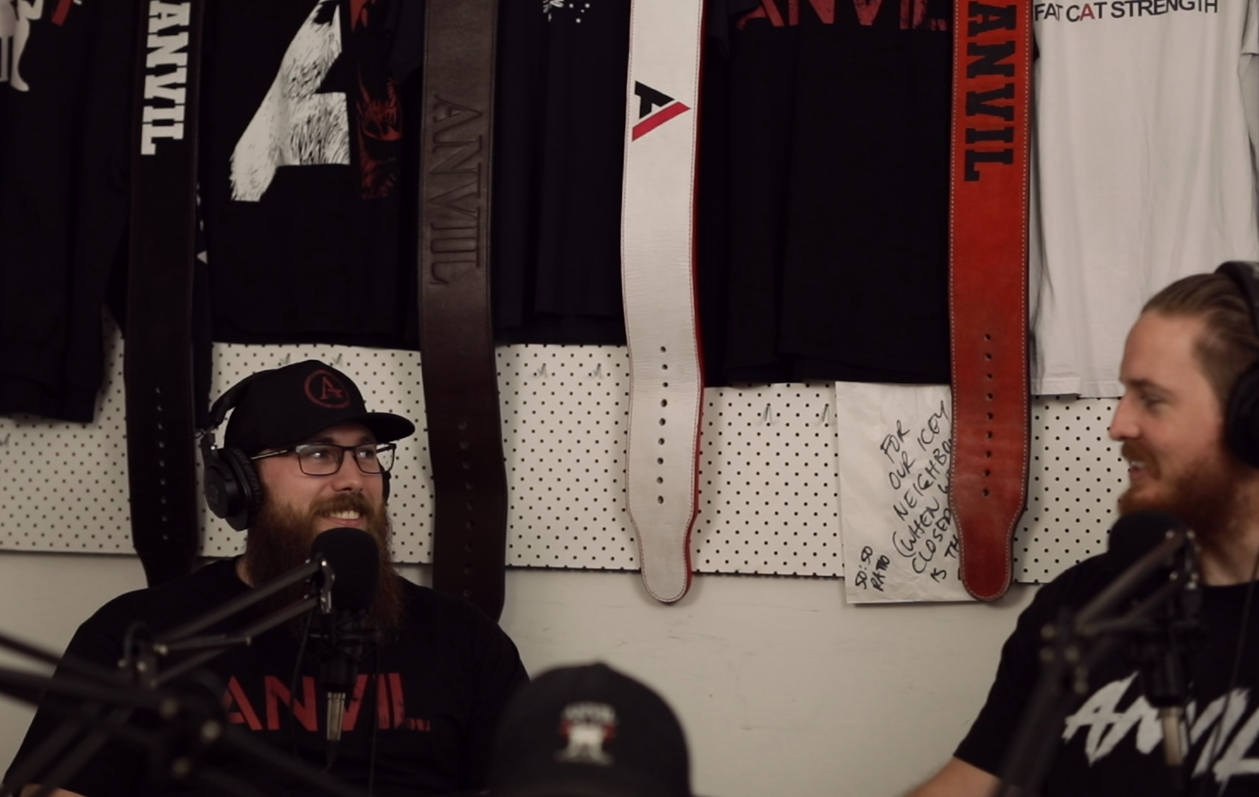
Leave a comment